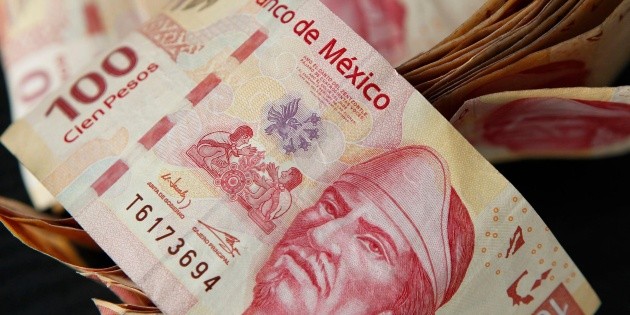
The Mexican peso closed at its best against the dollar in the last three weeks, after the Bank of Mexico (Banxico) Announced that its main interest rate will drop from 4.25% to 4%, As expected by the vast majority of market participants.
In wholesale operations, eThe exchange rate ended this afternoon at 19.96 pesos per dollar, Which is equivalent to one gain of the Mexican currency of 0.4% or eight cents in relation to Wednesday.
This is the best weight level since last January 21, when parity peaked at 19.71 units, according to information from the Bloomberg agency. In retail operations, the dollar ended up selling at 20.37 pesos and meant a 12-cent decrease compared to Wednesday.
Since the morning, the dollar has given way to the peso and stood below 20 units, amid investor optimism over the expectation that the Federal Reserve (Fed) will keep interest rates low for longer. , in the face of lower inflationary pressures in the United States, and the confidence that negotiations on a fiscal stimulus will advance in the American Union, Banorte analysts said.
During the afternoon, the dollar continued to trade at less than 20 units after Banxico announced that its main interest rate will fall 0.25% from tomorrow, as expected by BBVA, Banorte, Santander, CitiBanamex and 19 other financial institutions.
The decision was made unanimously among the members of the Governing Board of the central bank, placing the rate at its lowest level in five years, since June 2016, when it was 3.75%. Banxico announced the cut even though consumer prices rose more than expected in January and accumulated eight months above the 3% inflation target.
“Downward rates with inflation above target is a perverse incentive for public finances,” said Alfredo Coutiño, Latin America’s director of Moody’s Analytics, this evening.
“It wouldn’t be a surprise to see the 2014-2015 episode again, with rates of 3% and rising debt,” Coutiño posted on his Twitter account.
Article 28 of the Constitution states that Banxico’s priority objective is to “seek the stability of the purchasing power of the national currency”, ie price stability or low inflation.
NO